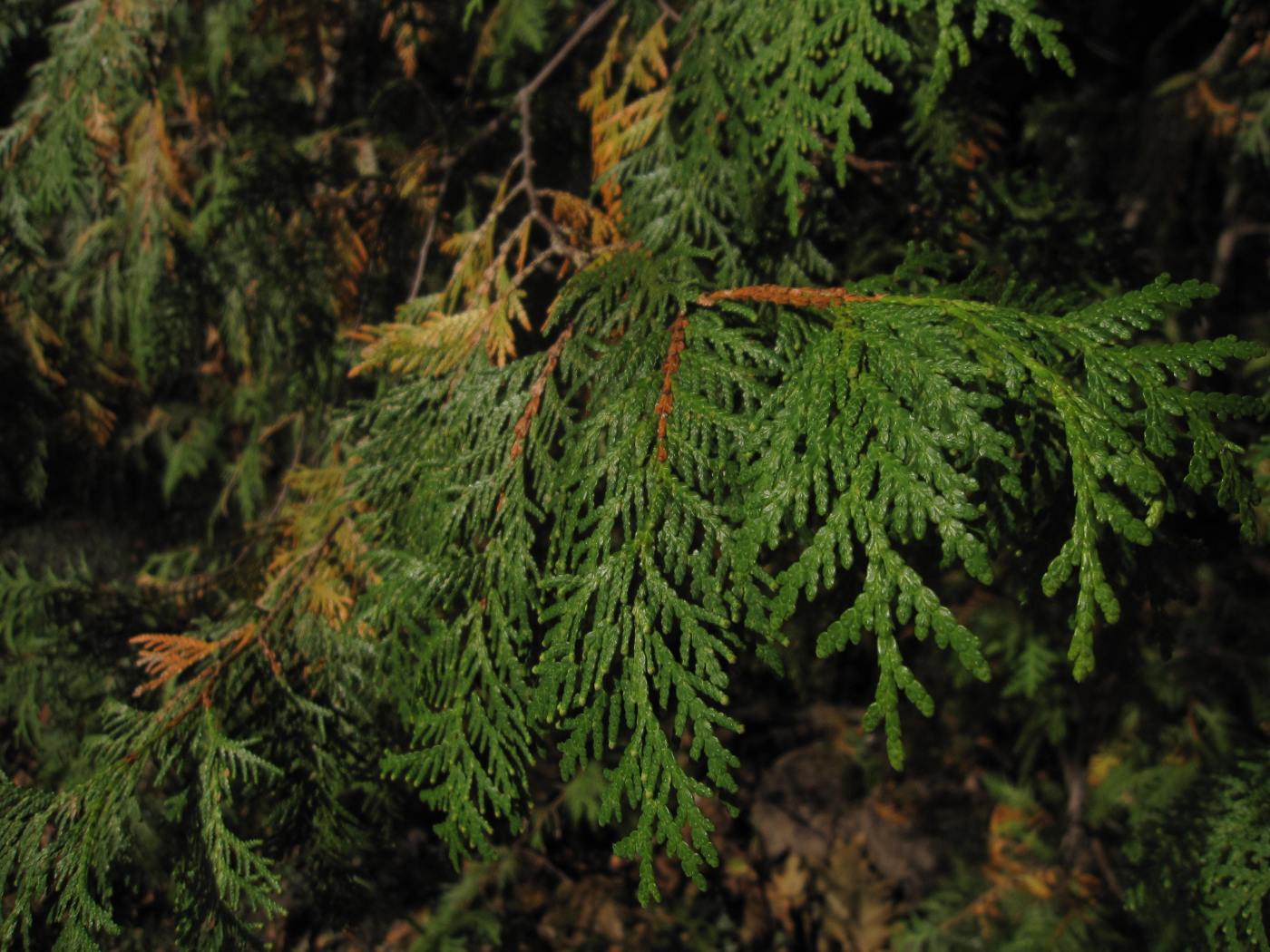Listen to this episode here!
Transcript 3/16/24:
In the mixed browns and whites of late winter, I just crave a salad. Welcome to The Nature of Phenology where we share the cycles and seasons of the outdoors. I’m your host, Hazel Stark, and this episode was written by Joe Horn.
Our modern-day conveniences go far beyond convenience. In winter, I relish the perfect ripeness of citrus shipped north from places like Florida. They are tart, sweet, and juicy on the palate, but also rife with vitamin C and other nutrients that are essential for optimal health. The same is true of the vast array of peppers, tomatoes, kale, spinach, sprouts, and other delectable fresh vegetables that get shipped to us from the far-flung fields and greenhouses of the world. The grocery store’s produce section reveals produce originating in Argentina, Morocco, China, California, Texas, Florida, Brazil, and Holland, among other locations. Looking more locally, I’m lucky if I can find hydroponic tomatoes or lettuces from greenhouses, and apples and squash from the northeast held over in cold storage since the fall. All these delectable wonders are a culinary treat from a global food chain, but also inadvertently help us stay healthy in a way that our ancestors could hardly manage only a couple hundred years ago.
In the winter of 1535, French explorer Jaques Cartier set out from France with a goal of exploring the shores of the St. Lawrence in what is now modern day Quebec. Winter sets in early in that northern place and soon he found his ship and the crew within frozen in place for five months, living predominantly off the ship’s stores. Rations for sailors then included little more than tobacco, salt pork, and hard tack—calorically heavy, but nutritionally deficient. Before long, his entire crew was suffering from a malady that would end up being fatal for nearly a quarter of the crew. The local Algonquin tribe with whom they were trading at the time was also suffering from a much more mild version of the same illness so they created a decoction of the leaves and bark of the tree of life—arborvitae. Based on Cartier’s description of the tree, it is surmised to be none other than northern white cedar. At the time, Cartier didn’t really understand the root cause of the illness or the reason this decoction worked, but humanity later realized that the illness was none other than scurvy—a sickness that is easily cured with vitamin C. Scurvy was historically very common wherever folks experienced notable nutritional deficiencies such as in late winter, or on long voyages at sea.
There are lots of sources of vitamin C, and this time of year many people seem to feel a reawakening of our ancestors’ desire for fresh produce. Perhaps you have felt that drive as you start feeling indifferent to the soups and stews that felt so right in the fall and winter and instead find yourself craving a fresh salad and some fruit. Is this simply an omnivore’s culinary listlessness, or is it a deeper-seated animalistic instinct? We may never know.
What we do know is that there are lots of wild sources of these trace minerals and vitamins we need this time of year. Perhaps there is no better source than our white cedars, for along with being a rich source of vitamin C, they also contain a great deal of arginine which has a synergistic effect on the body when paired with vitamin C in helping treat nutrient-related illness. Another great source of vitamin C is pine needles, which while a bit prickly to consume as is, can make a wonderful tea. Dandelions are a time-honored traditional harvest as they come up before just about anything else edible out there and grow in relative abundance. Harvested before their flowers begin to emerge, they offer a pleasantly bitter and delectable green that can be cooked like spinach and is jam-packed with essential vitamin C.
So this weekend, you could take to the woods and fields in search of some wild sources of these important nutrients. White pine, being the state tree and easy to identify with their five-needled bundles, is a good start for a simple tea. Another approach would be dusting off a copy of Euell Gibbons’ Stalking the Healthful Herb to learn more about wild nutrition from his beautiful prose. Then again, doing a little modern foraging in the grocery store for a fresh salad, also befits this time of year.
You can download this episode and find a link to the transcript, photos, information about podcasting and more by visiting archives.weru.org. Thanks for listening and please join us next week for another dive into The Nature of Phenology.
References:
Durzan, Don J. “Arginine, Scurvy and Cartier’s “Tree of Life.”” Journal of Ethnobiology and Ethnomedicine, vol. 5, no. 1, 2 Feb. 2009, https://doi.org/10.1186/1746-4269-5-5.
Martini, Eric. “Jacques Cartier Witnesses a Treatment for Scurvy.” Vesalius: Acta Internationales Historiae Medicinae, vol. 8, no. 1, 1 June 2002, pp. 2–6, pubmed.ncbi.nlm.nih.gov/12422875/.
“Scurvy at the Saint Croix Settlement (U.S. National Park Service).” Www.nps.gov, http://www.nps.gov/articles/000/scurvy-at-saint-croix.htm. Accessed 14 Feb. 2024.

Leave a comment